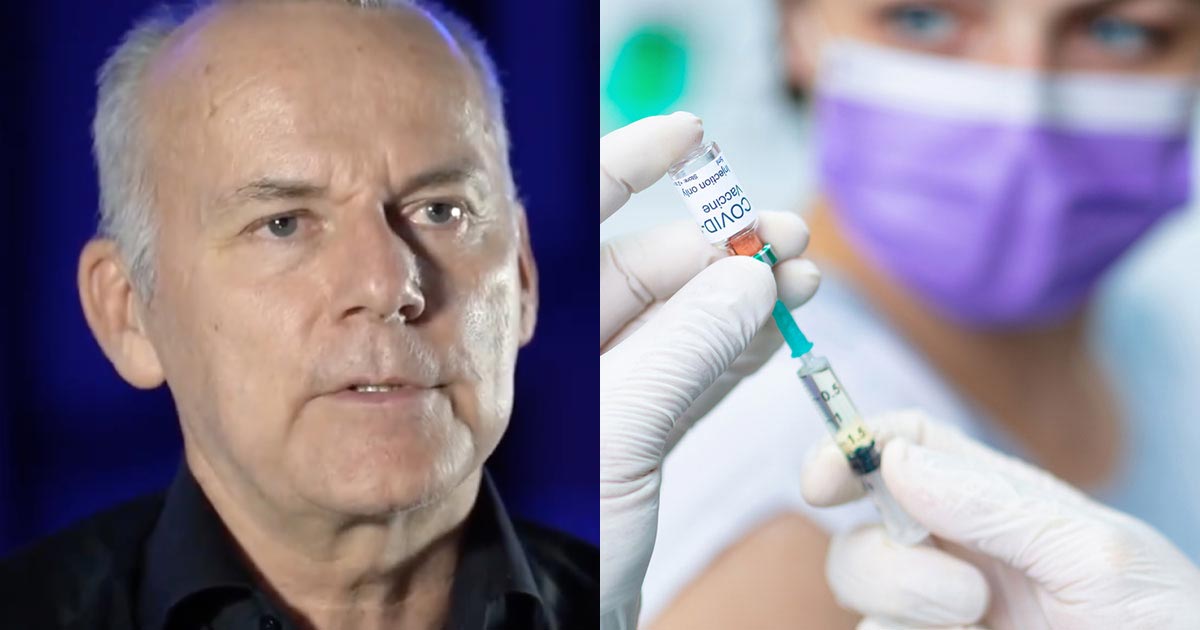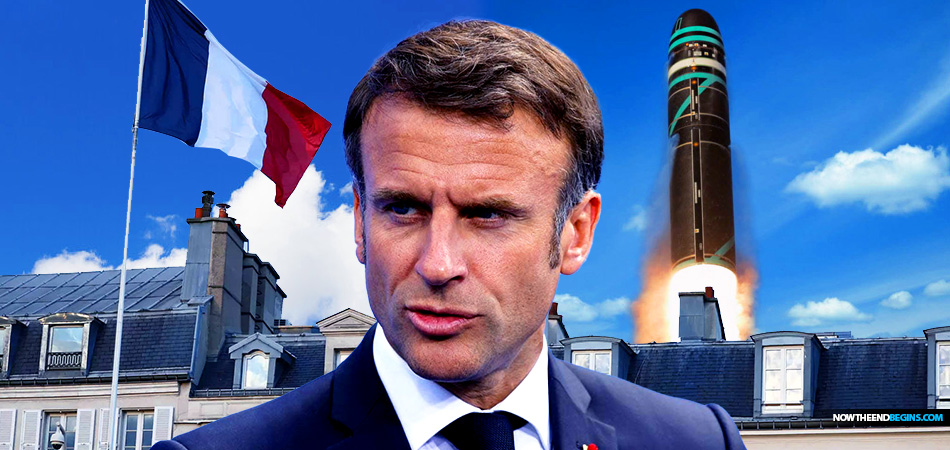Spike In Airborne Radioactivity Detected In Europe, Source Located In Southern Urals
In late February, concerns about a potential nuclear "incident", reportedly in the vicinity of the Arctic circle, emerged when trace amounts of radioactive Iodine-131 of unknown origin were detected in January over large areas in Europe, according to a report by the Institute for Radiological Protection and Nuclear Safety, the French national public expert in nuclear and radiological risks. And while Norway was the first to measure the radioactivity, France was the first to officially inform the public about it.
"Iodine-131 a radionuclide of anthropogenic origin, has recently been detected in tiny amounts in the ground-level atmosphere in Europe. The preliminary report states it was first found during week 2 of January 2017 in northern Norway. Iodine-131 was also detected in Finland, Poland, Czech Republic, Germany, France and Spain, until the end of January", the IRSN wrote in a press release.
Ultimately, the radioactive I-131 faded away, and the incident was forgotten with the source of radioactivity never discovered, even as the US military's "Constant Phoenix" nuke sniffer plane was deployed in the vicinity.
Fast forward to today when French nuclear watchdog ISRN reported that another spike in airborne radioactivity has been detected in the air in Western and Central Europe: "Ruthenium-106 has been detected by several European networks involved in the monitoring of atmospheric radioactive contamination, at levels of a few milliBecquerels per cubic meter of air."
According to IRSN calculations, based on the concentration levels measured in several European countries and on the meteorological conditions of the last few days, the contaminated air could have been generated from southern regions of Ural or located close to those. "IRSN is continuing its investigations to try to confirm the origin of this atmospheric pollution."
Like in February, the very low levels of atmospheric contamination of ruthenium 106 observed to date by European monitoring networks have no environmental or health consequences. Nevertheless, IRSN maintains a watchful vigilance on this presence of ruthenium in the air.
One day prior, on Thursday Germany's Federal Office for Radiation Protection (FORP) said that elevated levels of the isotope Ruthenium-106 have been reported in Germany, Italy, Austria, Switzerland and France since Sept. 29. The highest concentration was found in Vienna, at 42 millibequerel per cubic meter. FORP raised the alarm initially after five weather service stations detected traces of the particle.
According to the FORP, since only ruthenium-106 has been detected, a nuclear power plant accident can be excluded as the source.
Echoing the observations of IRSN, FORP spokesman Jan Henrik Lauer told The Associated Press the source of the Ruthenium-106 isn't known but calculations indicate it may have been released in eastern Europe.
Ruthenium-106 is a hard, silvery-white metal with a shiny surface. It is used for radiation therapy to treat eye tumors, and sometimes as a source of energy to power satellites.
So far the reason for its radioactive compound's presence, as well as the source, remains a mystery.






